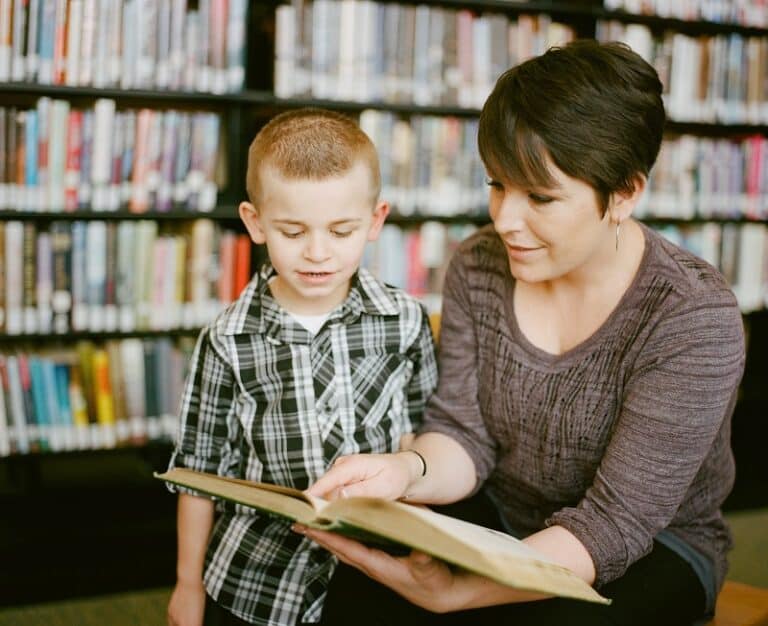By Dr. Kathleen Tate | 11/09/2021

I wrote an article, Humane Education: Who, What, and Why? about an important and growing niche of education. This article included classroom examples and resources to help educators incorporate humane education practices into their curriculum.
I often go back to an online Forbes interview with Zoe Weil, the president and co-founder of the Institute for Humane Education (IHE). I have used Zoe’s work and the IHE as a guide for more than 13 years to incorporate humane education into teacher education courses. In her interview, Zoe reiterated the four basic elements of humane education:
- Providing accurate information about the pressing issues of our time so people have the knowledge they need to address global challenges;
- Fostering the 3 Cs of curiosity, creativity, and critical thinking so people have the skills they need to address challenges;
- Instilling the 3 Rs of reverence, respect, and responsibility, so people have the will to address challenges; and
- Providing positive choices and the tools for problem-solving, so people can solve challenges (Tobias, 2012).
Humane education focuses on issues related to animals, environment, and people. The hope is to empower people of all ages to be aware, knowledgeable, and take action. Through curriculum, educators can start the cycle in K-12 classrooms and create what Zoe Weil describes as solutionaries – those who have the tools and motivation to choose to make our world more humane (Tobias, 2012).
Humane Education Mission
I have a background in organizational theory and spend considerable time reading and analyzing mission statements of organizations and departments, especially in the field of education. I think it is important that teachers and education majors understand the missions of the schools in which they complete student teaching and the university programs in which they are enrolled. So, in looking at the four basic aspects of humane education, which seem to establish a mission, it is useful to consider how they relate to missions of schools like American Public University System (APUS).
University Mission
I revisited the APUS mission statement, which is to:
Provide quality higher education with emphasis on educating the nation’s military and public service communities by offering respected, relevant, accessible and affordable, student-focused online programs, which prepare them for service and leadership in a diverse, global society.
When I reflect upon the last phrase about preparing university students for service and leadership in a diverse, global society, I think about the natural connections to humane education.
Teacher education literature has been increasingly focusing on the notion of globalization and preparing globally competent teachers who can teach children to one day become globally competent citizens of our world. Banks (2008) suggested that “students need to develop the knowledge, attitudes, and skills that will enable them to function in a global society” (p. 132). Liss and Liazos (2010) concur that our future depends on young people and their “understanding and civic responsiveness to society’s needs and issues of social change” (p. 46).
Who will prepare these young people for such change and action? Zhao (2010) advocates for the development of citizens of the globe, who are aware of societal issues around the world, care about people in distant places, appreciate the interconnectedness of people, fight for social justice, and protect the planet. The literature really relates to a new paradigm in teacher education and aligns with the University mission and the basics of humane education.
Your Mission?
Anyone studying or employed in education would likely find that the mission statement of their school or organization also naturally aligns with humane education. Further, K-12 curriculum is a place where humane education naturally fits as “any content area or teacher education specialization can easily incorporate humane education” (Tate, 2011, p. 312). It makes sense to examine the statistics associated with endangered species in math; or, study government and use research, reading, and writing skills (e.g,. language arts) to compose and send a persuasive letter to impact law about environmental legislation.
So, the question is what is your mission? What do you believe in? Zoe Weil calls for the need to graduate a generation of solutionaries. Does humane education fit into your own mission in educating children?
References
Banks, J. A. (2008). Diversity, group identity, and citizenship education in a global age. Educational Researcher, 37(3), 129-139.
Liss, J. R., & Liazos, A. (2010). Incorporating education for civic and social responsibility into the undergraduate curriculum. Change: The Magazine of Higher Learning, 2(1), 45-50.
Tate, K. J. (2011).Integrating humane education into teacher education: Meeting our social and civic responsibilities. Teacher Education and Practice, 24(3), 301-315.
Tobias, M. C. (2012, April 25). The heart of education: A discussion with Zoe Weil. Forbes. https://www.forbes.com/sites/michaeltobias/2012/04/25/the-heart-of-education-a-discussion-with-zoe-weil/?sh=2af4b0253df2
Zhao, Y. (2010). Preparing globally competent teachers: A new imperative for teacher education. Journal of Teacher Education, 61(5), 422-431.
Dr. Kathleen J. Tate is a Professor and Department Chair of Teaching in the School of Arts, Humanities, and Education at American Public University. She is an experienced university administrator, researcher, and the former Editor-in-Chief of the Journal of Online Learning Research and Practice (2016 – 2024). Dr. Tate is also the author of a children’s book “Melvin and Muffin: Physics on the Playground (Exploring Newton’s 3rd Law),” studied six languages, and is proficient with Braille.
She recently published “My Science Journal: A Daily Science Log Featuring Melvin & Muffin,” “My Science Journal: Blank Journal Featuring Melvin & Muffin,” and “Friend Journal: Fill-in-Book for Adults”. Dr. Tate maintains a website she created for educators, families, and children.
Dr. Tate has 28 years of experience working in higher education (Research I, online/hybrid, and other institutions) and K-12 special education, in addition to corporate, civil service, and retail experience. She has chaired and served on dissertation and Ed.S. committees, mentored faculty members, written and received internal and external grants (science education/technology education), and developed curriculum, especially integrating technology.
She holds a B.A. in Soviet and East European Studies with a minor in Economics and a M.Ed. in Special Education from the University of Texas at Austin. In addition, Dr. Tate has several lifetime Texas teacher licenses (1st-8th Elementary Education, PK-12th Special Education, and 1st -8th Theatre Arts) through the University of Texas at Austin. She has a Ph.D. in Elementary Education from Florida State University.
Dr. Tate's research focuses on underserved populations, humane education, integrated/thematic/arts-based/multimodal teaching and learning, and STEAM (STEM + the arts). She served on the Curriculum Advisory Board for the Institute for Humane Education from 2019-2023. Dr. Tate has published articles in Teacher Education and Practice, Social Studies Research and Practice, Youth Theatre Journal, Science and Children, GATEways to Teacher Education, and the Journal of the Research Association of Minority Professors, to name a few.

